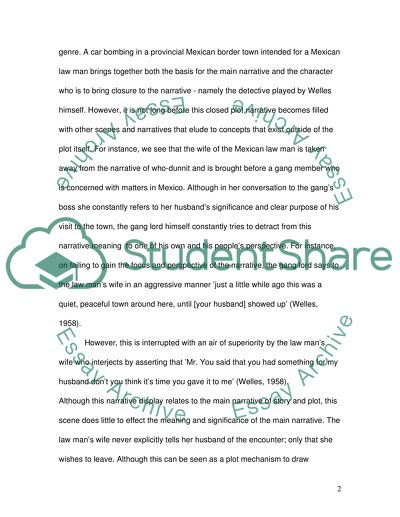Cite this document
(“A Touch of Evil by Orson Welles Book Report/Review”, n.d.)
Retrieved from https://studentshare.org/literature/1510225-a-touch-of-evil-by-orson-welles
Retrieved from https://studentshare.org/literature/1510225-a-touch-of-evil-by-orson-welles
(A Touch of Evil by Orson Welles Book Report/Review)
https://studentshare.org/literature/1510225-a-touch-of-evil-by-orson-welles.
https://studentshare.org/literature/1510225-a-touch-of-evil-by-orson-welles.
“A Touch of Evil by Orson Welles Book Report/Review”, n.d. https://studentshare.org/literature/1510225-a-touch-of-evil-by-orson-welles.


